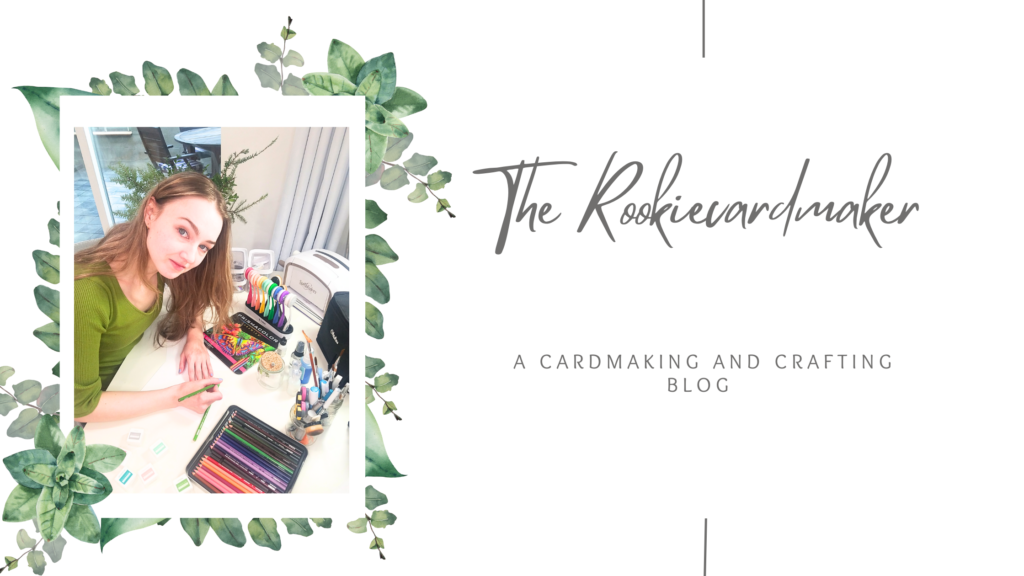Affiliate Links are used throughout this post. If you purchase anything using these links I earn a small commission.

There is a new House Mouse Collection from Spellbinders.
I absolutely love the House Mouse images and in fact a House Mouse stamp was one of the first stamps I bought when I got into cardmaking! So I was excited to be invited by Spellbinders to create with there newest House Mouse collection. This collection includes some adorable winter and Valentine’s themed images that are all absolutely adorable.
I received the cute Knit One stamp set from Spellbinders to create with and I LOVE it! If you didn’t know I’m a big knitter and animal lover so this image is perfect for me! The set comes with some lovely sentiments, including a birthday one that I know I will get a ton of use out out, but since I’m behind on my Holiday cards I grabbed a holiday sentiment from another Spellbinders stamp set to finished this card.

Tips for colouring knitting
Knitting can be a challenge to colour without it looking flat and unrealistic so I’ve got some tips about how I coloured the yarn and scarf.
- Start with adding your shadows. Before I worked on the texture of the knitting, I added my darkest marker shade in the shadow areas, like behind the mouse and around the edges of the ball of yarn. Shadows are important for adding depth and interest to your colouring.
- Do your first layer of colouring ignoring the knitting lines on the scarf. When I started colouring the scarf I did my usual dark to light colouring and ignored the knitted texture. Just coloured the light areas light and the shadow areas dark.
- Go back over the scarf with your dark marker colouring only along the lines that go between the rows of stitches. Keep the V of the stitches themselves the lightest colour. This image is really detailed and it shows you where the shading should be so I just followed along with the lines.
- For the ball of yarn, figure out what strands of yarn are on top. These will be the lightest so colour them with only your light marker. Then go back and add your dark colour on either side of the strand of yarn to add shadow and make it clear what strand of yarn is in top. To add more detail go along all the lines which represent the space between strands of yarn with your shadow colour to add definition. By adding all this shading you make it clear that the ball is make up of lots of strands of yarn instead of being flat and one dimensional.
- Finally to add some interest to the single strand of yarn that the mouse is knitting with, I coloured alternating sections with my darker shade and left the other sections light. This gives the yarn and twisted tweed look and adds extra interest.
I hope you found these tips helpful! I love colouring knitting but it can be a bit intimidating when you first start! I’d love to know if any of my blog readers are also knitters, leave me a comment if you are!
Supply list
- Knit One Cling Rubber Stamp set from Spellbinders
- Peace and Joy clear stamp set from Spellbinders
- Ohuhu alcohol markers 120 set brush and fine nib
- Ohuhu Pastel 48 marker set brush and fine nib
- Momento Tuxedo Black ink
- Concord and 9th ink cubes (I used the colours Blueberry and Nutmeg)
- Neenah solar white 80 lb cardstock
- Windsor Newton Zinc White Gouache
- Simon Says Stamp masking paper
